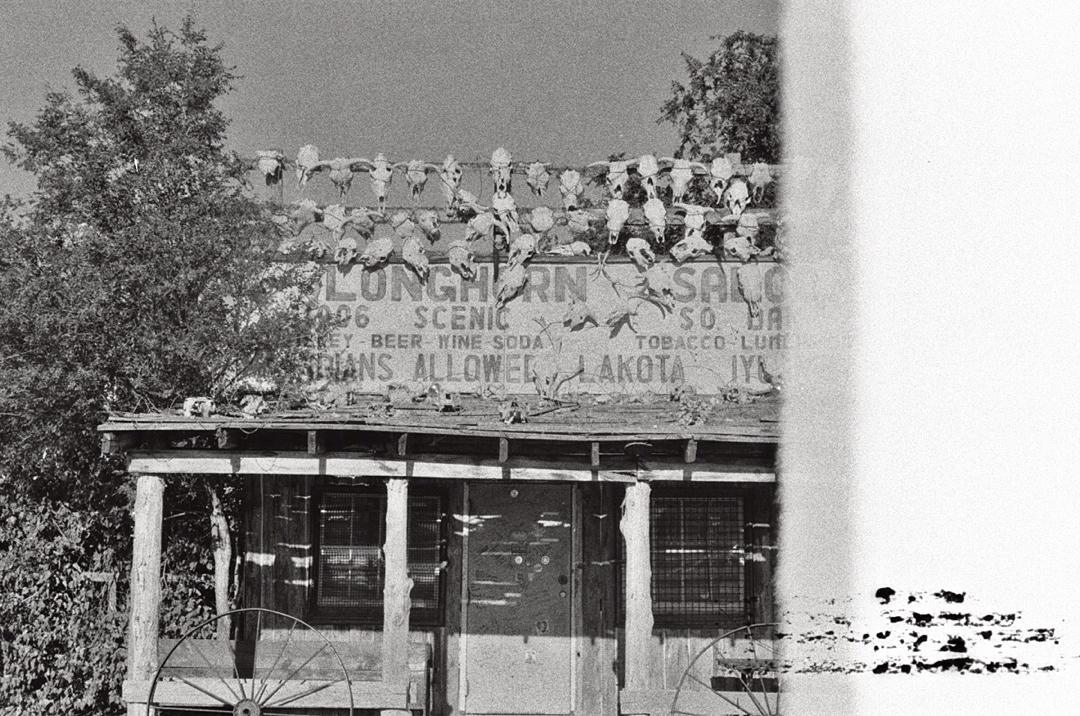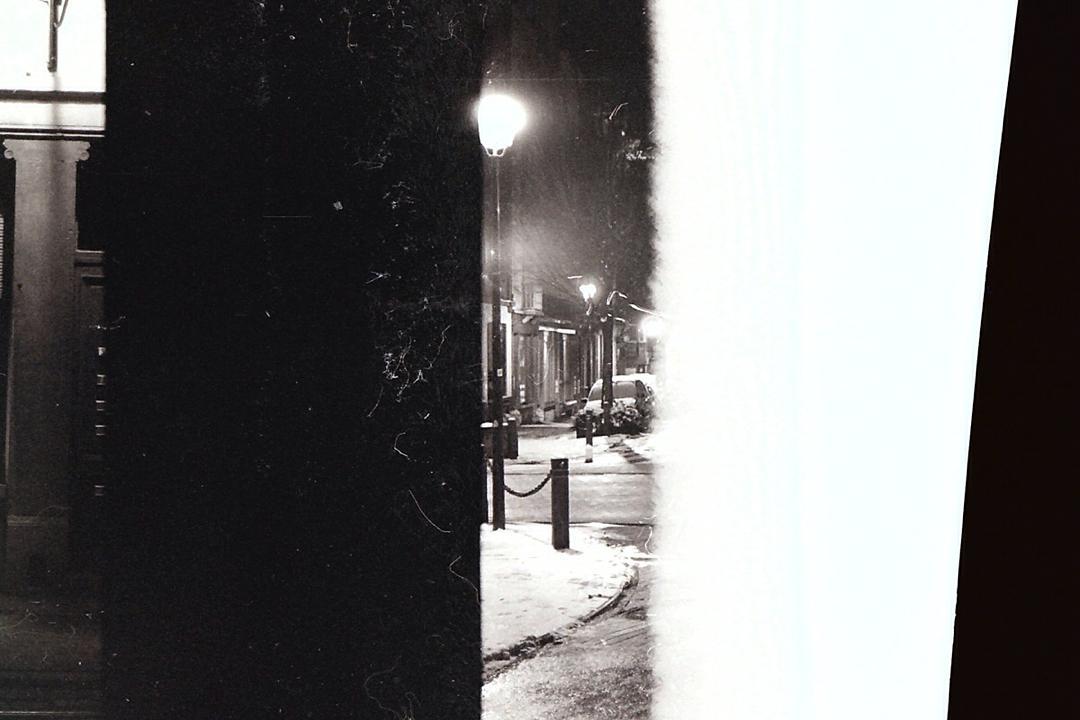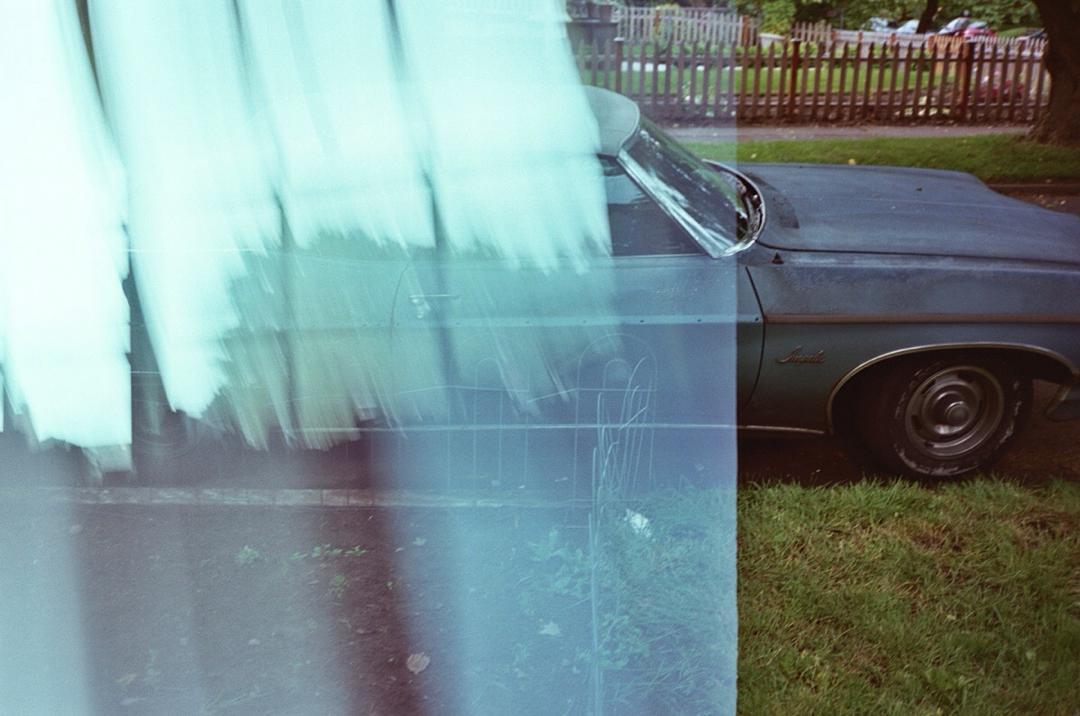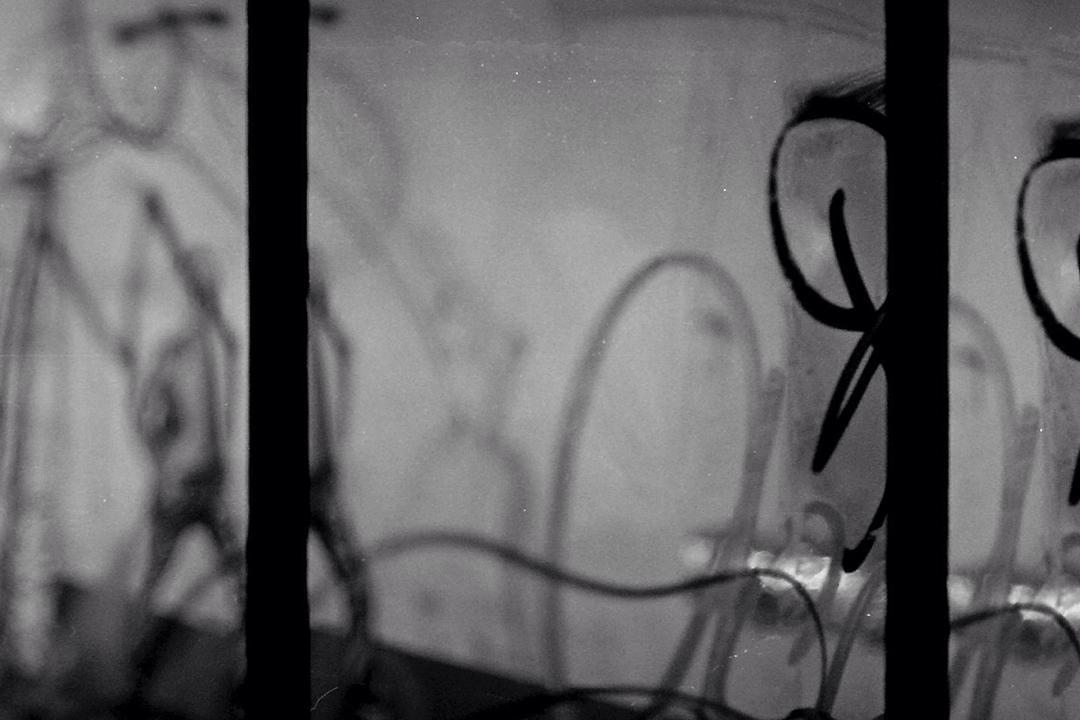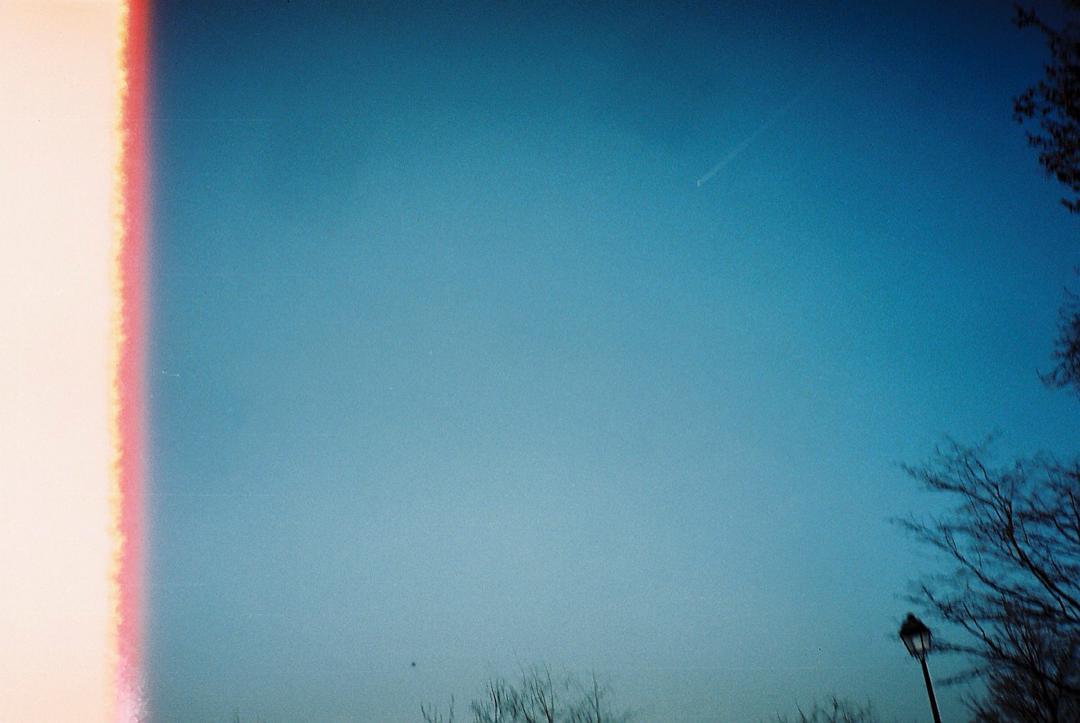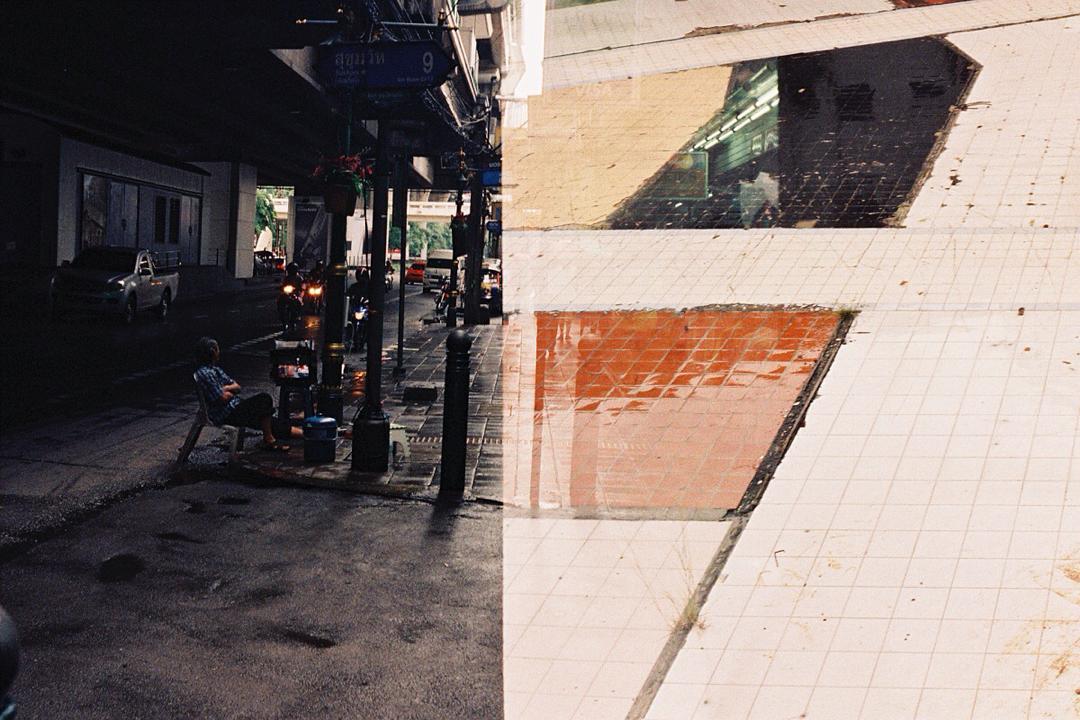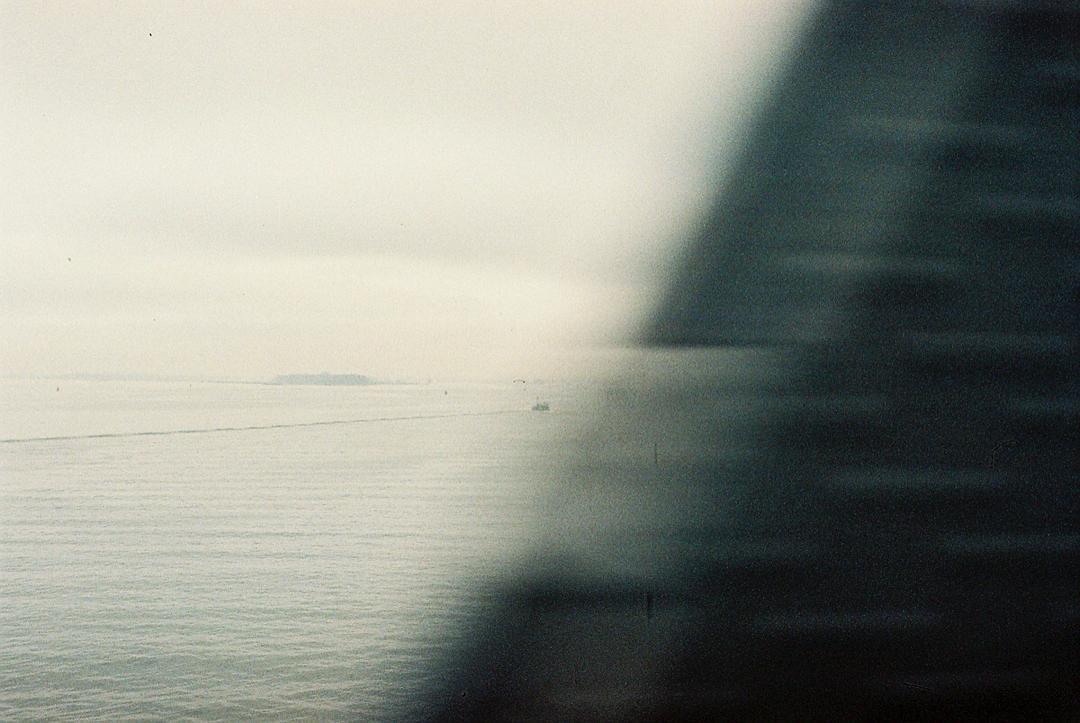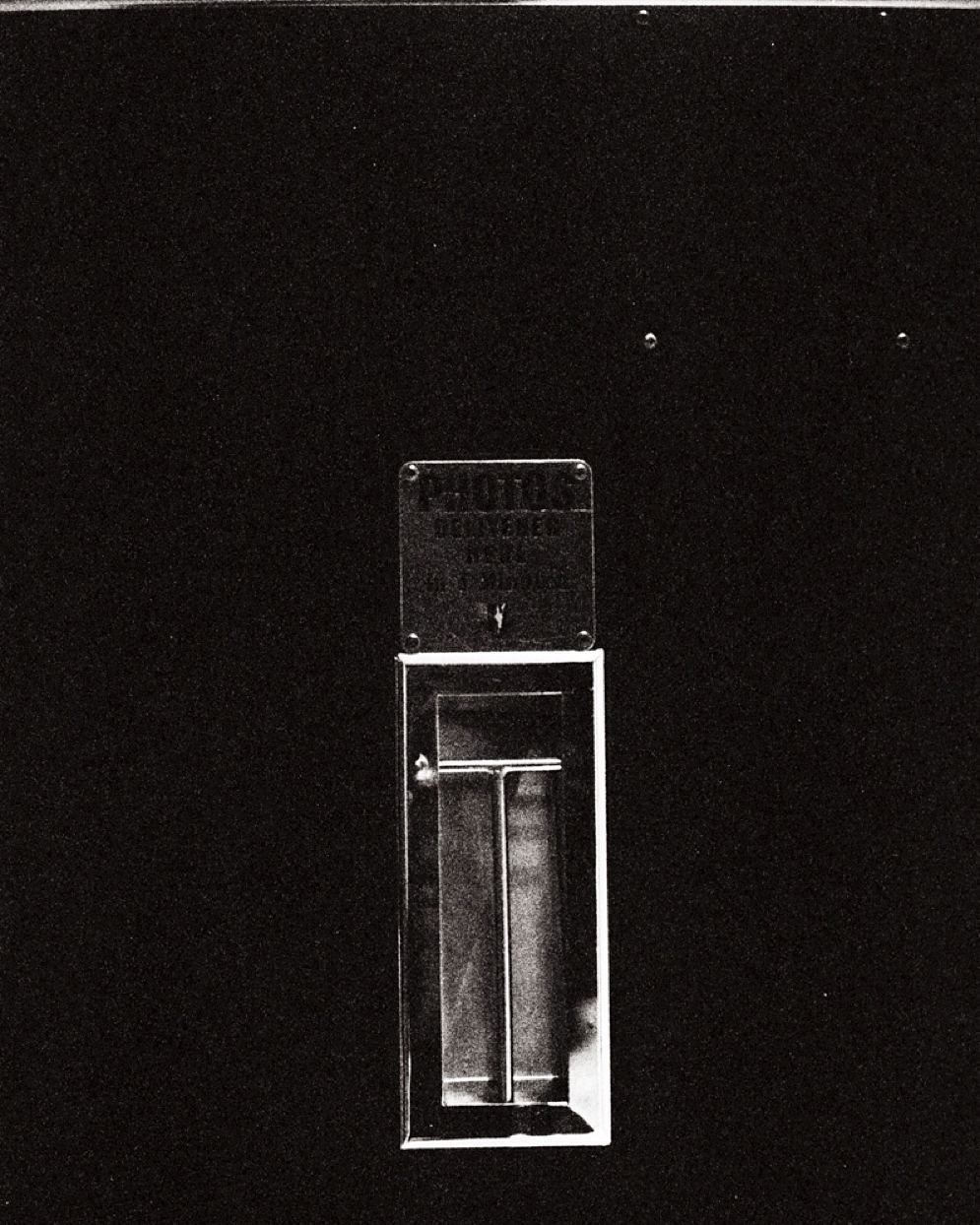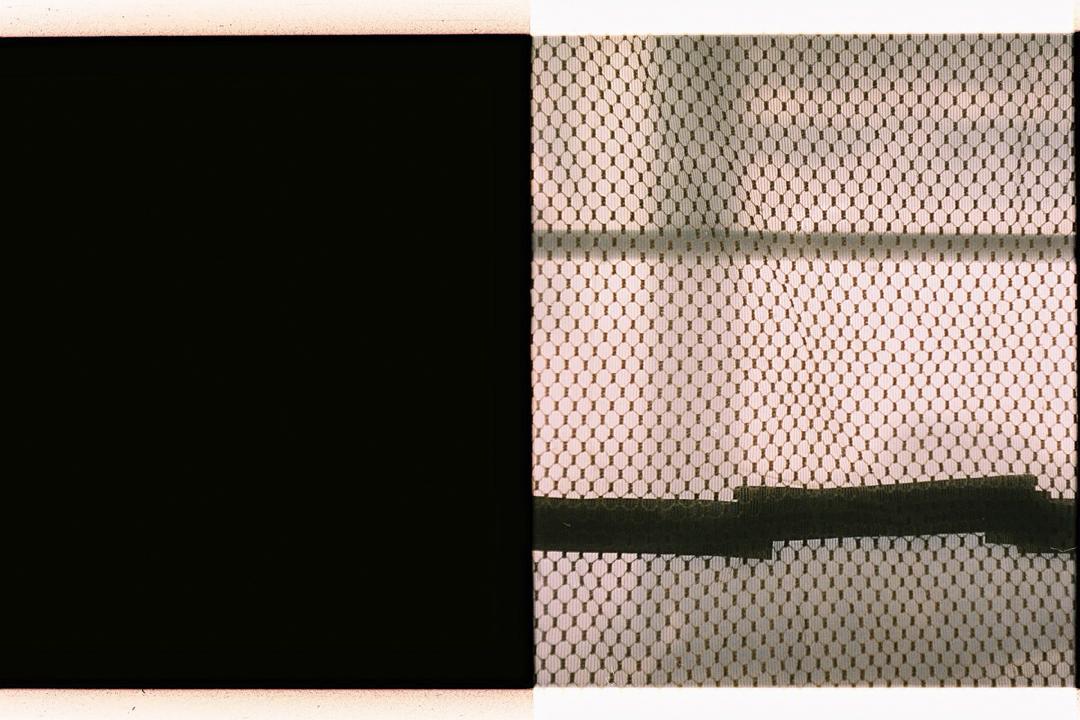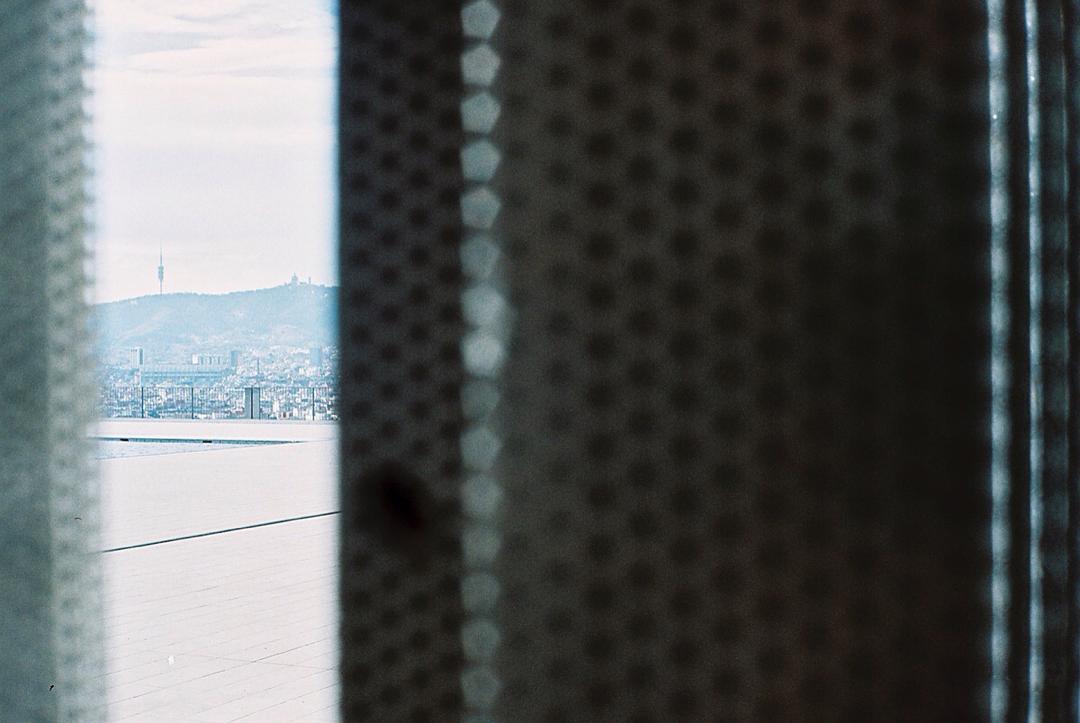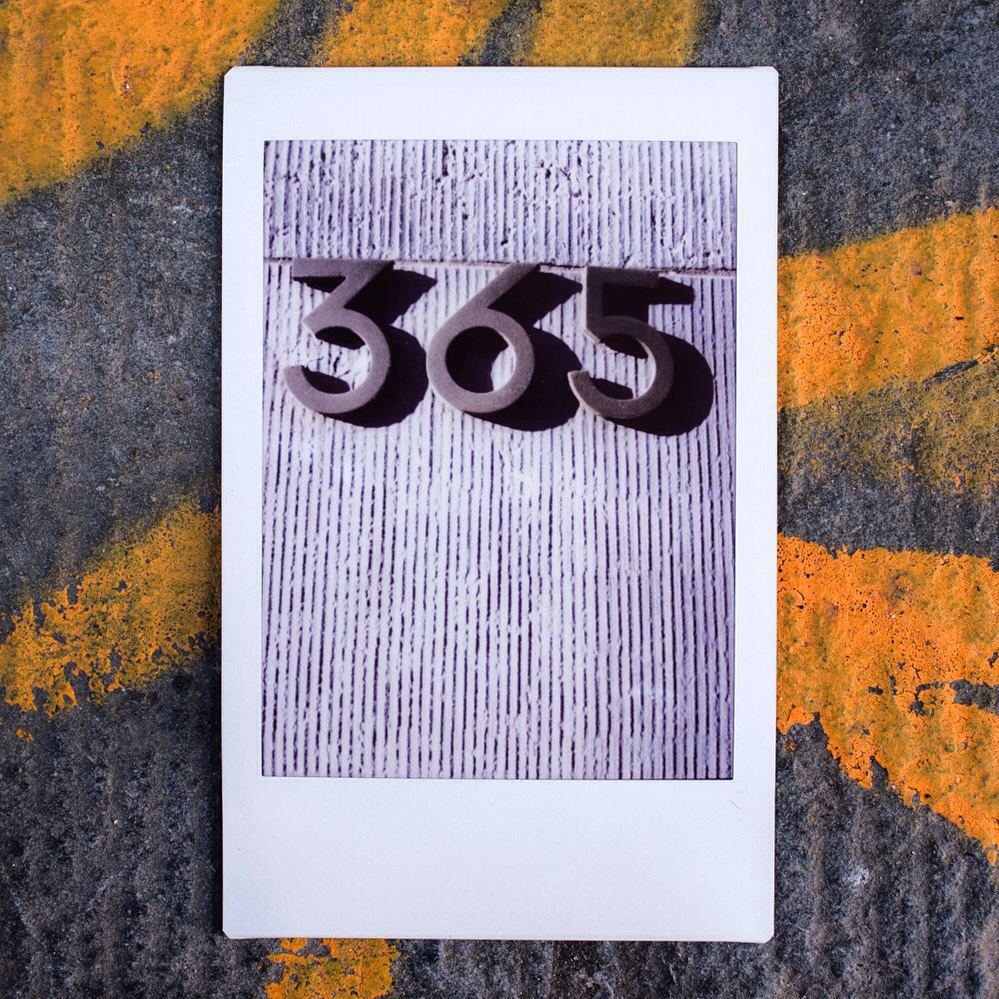Visual Art, etc.
03 Mar Nuit de l’Année
An excerpt from Maps for Getting Lost was featured in Nuit de l’Année as part of Les Rencontres d’Arles, 2015.
19 Jan Projections #10

A spread of images from Maps for Getting Lost in the latest issue of Projections magazine.
05 Jan A means of being somewhere
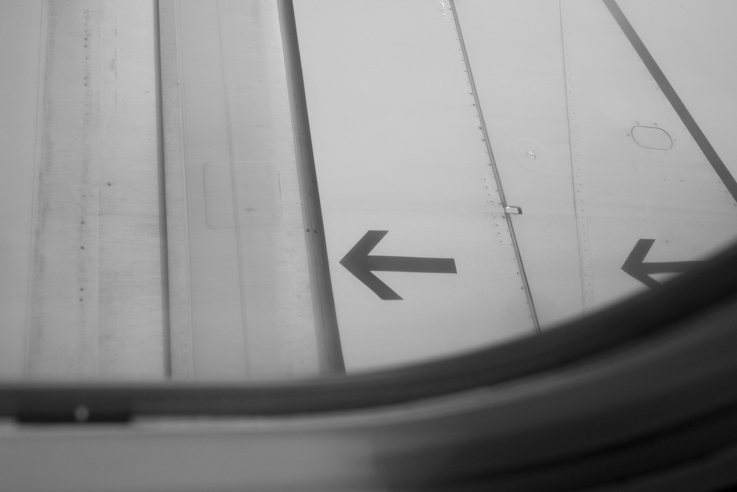
“Travel was once a means of being elsewhere, or of being nowhere. Today it is the only way we have of feeling that we are somewhere. At home, surrounded by information, by screens, I am no longer anywhere, but rather everywhere in the world at once, in the midst of a universal banality — a banality that is the same in every country. To arrive in a new city, or in a new language, is suddenly to find oneself here and nowhere else. The body rediscovers how to look. Delivered from images, it rediscovers the imagination.”
— Jean Baudrillard, The Transparency of Evil: Essays on Extreme Phenomena
31 Dec 2015.12.31 Gedaan. That’s a year on instant film complete. bonne année tout le monde…
24 Dec Seeing Appalachia
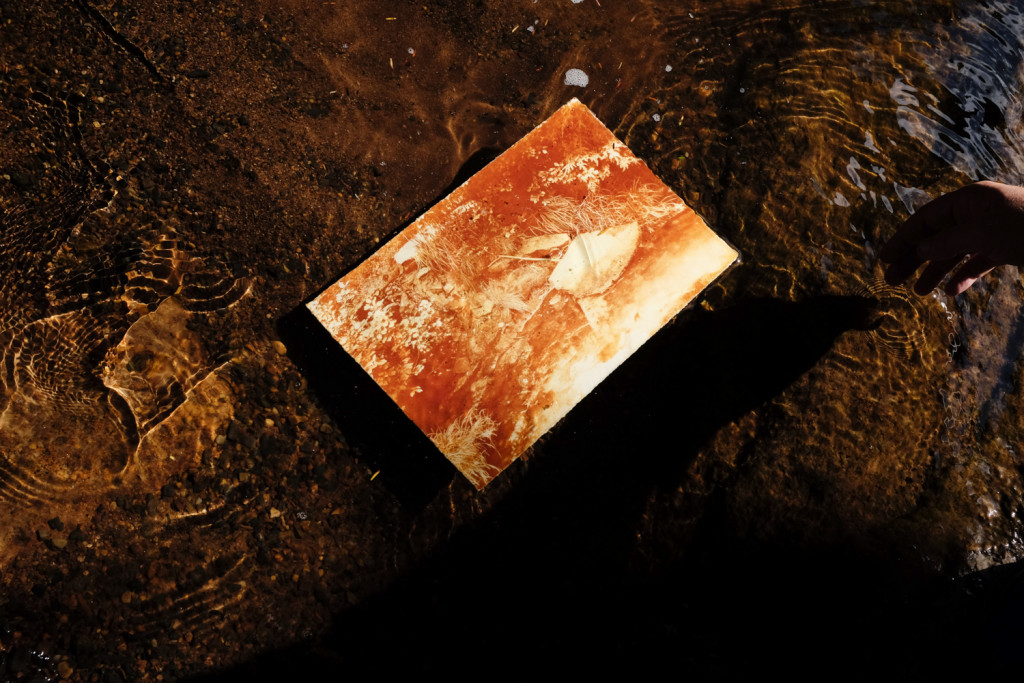
Seeing Appalachia | John Ryan Brubaker
“I learned of John Ryan Brubaker’s work through a mutual friend, Emma Fisher, Tamarack Artisan Foundation’s program director. Before I even saw the work, I was taken by the process of the work. More and more these days, I’m interested in how work is made and after learning that John Ryan used acid mine drainage …”
I had the pleasure of working with Roger May of Looking at Appalachia on a profile of my recent work with acid mine drainage in West Virginia.
16 Dec Every Path is Viable at Greylight Projects
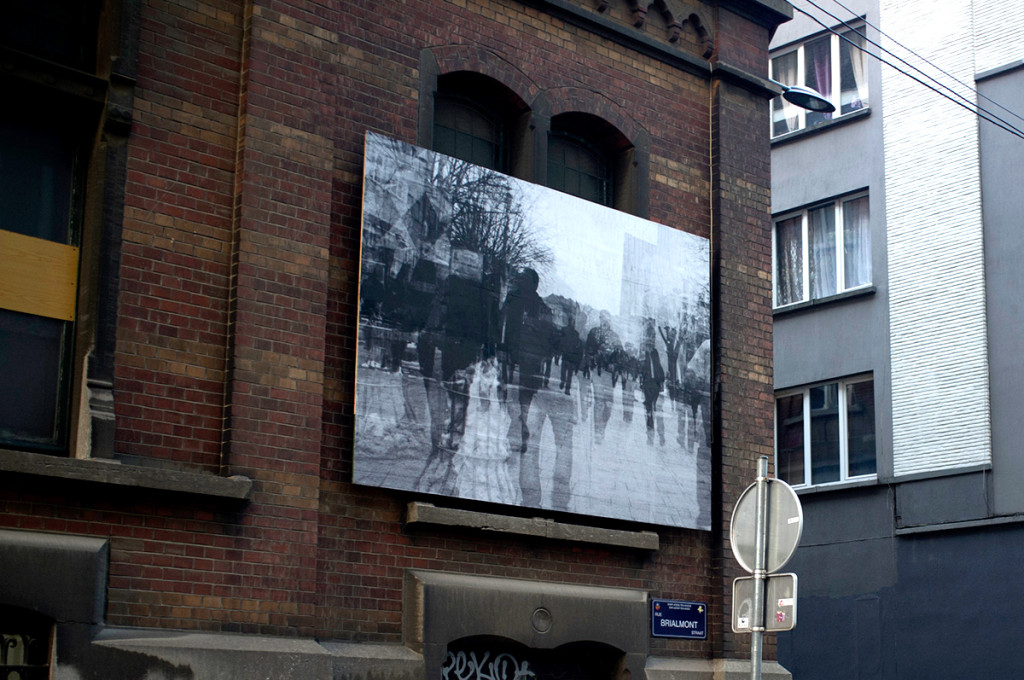
Every Path is Viable (Prishtina)
3.25m x 2.5m
Greylight Projects, Brussels
20 Oct Maps for Getting Lost
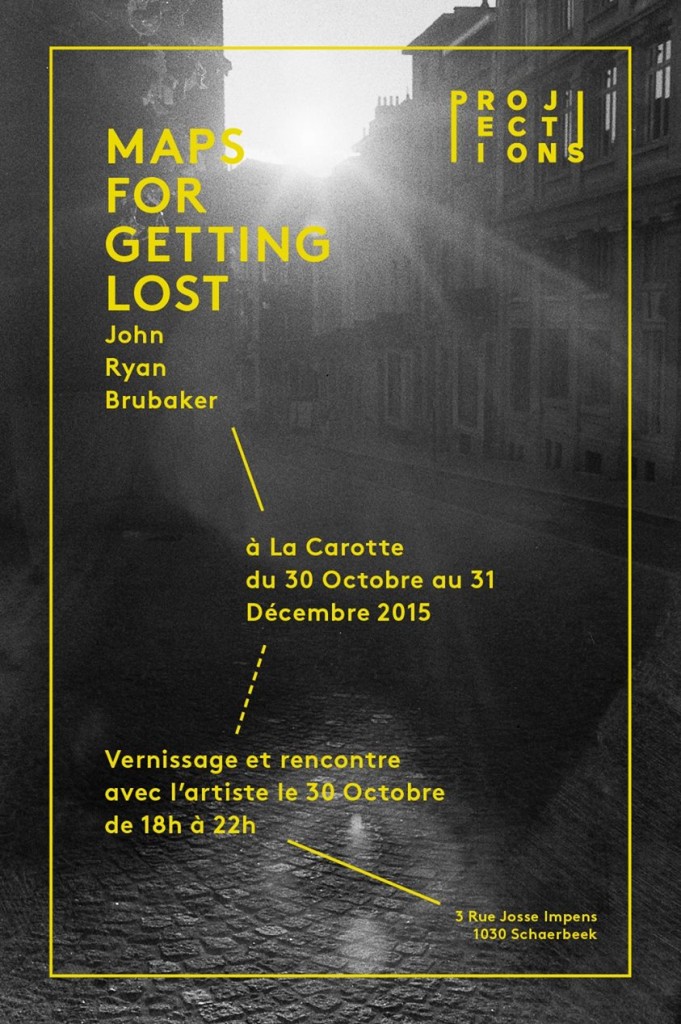
á La Carotte
du 30 Octobre au 31 Décembre 2015
Vernissage et recontre avec l’artiste la 3o Octobre
17 Sep Van Dyke prints from On Confluence
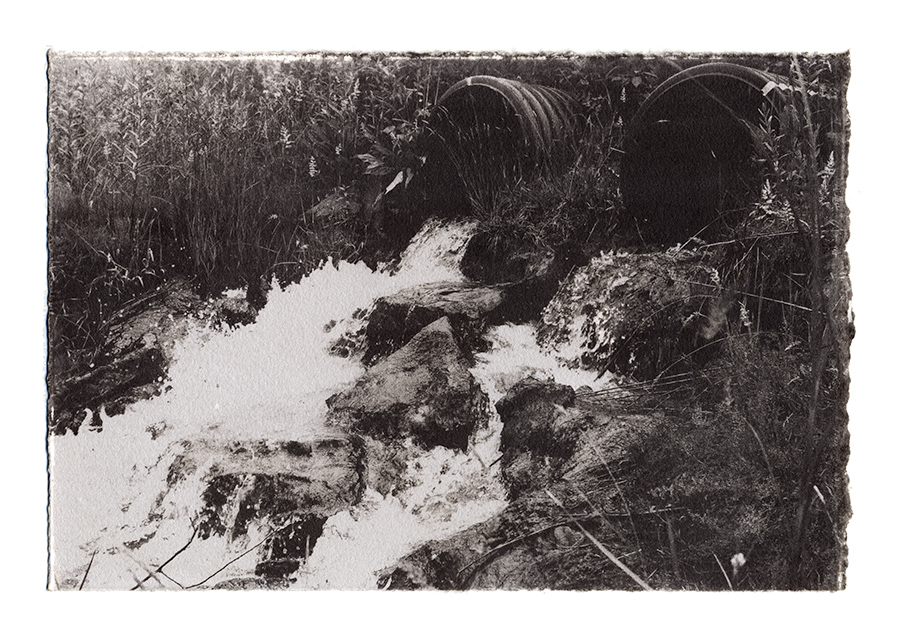
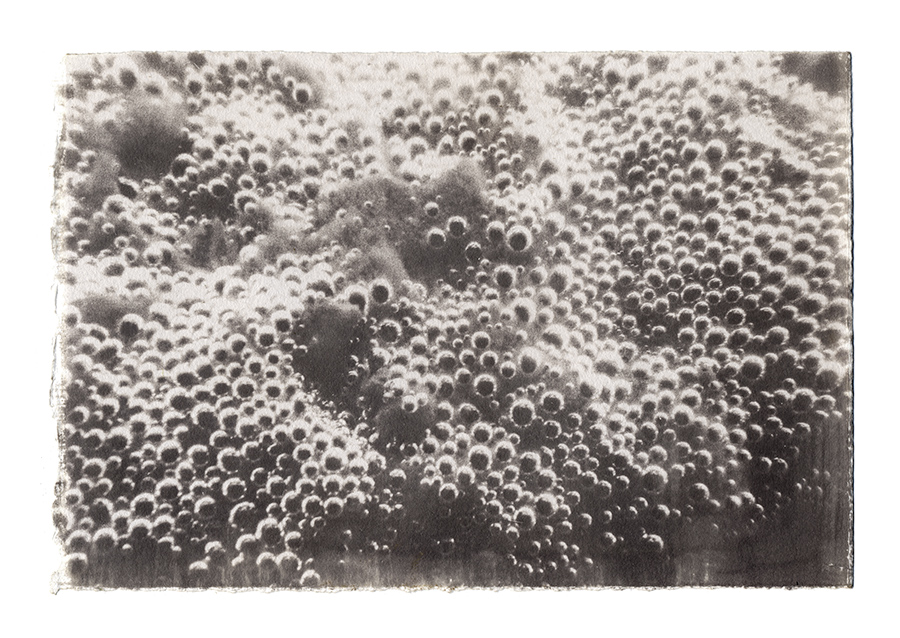
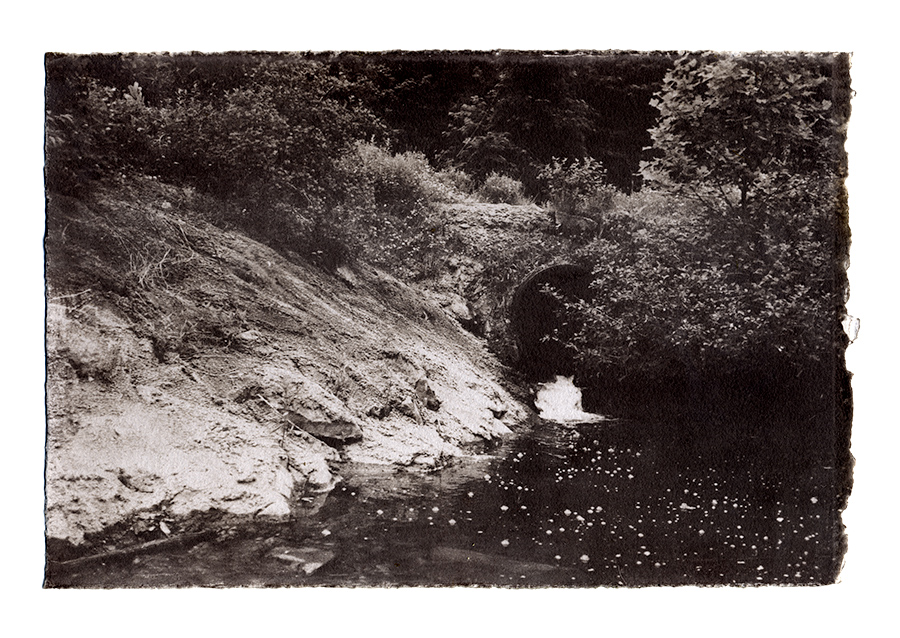
Mine Pollution in the North Fork Backwater River
Tucker County, West Virginia
Van Dyke prints developed in acid mine drainage
From ‘On Confluence’
13 Aug On Confluence
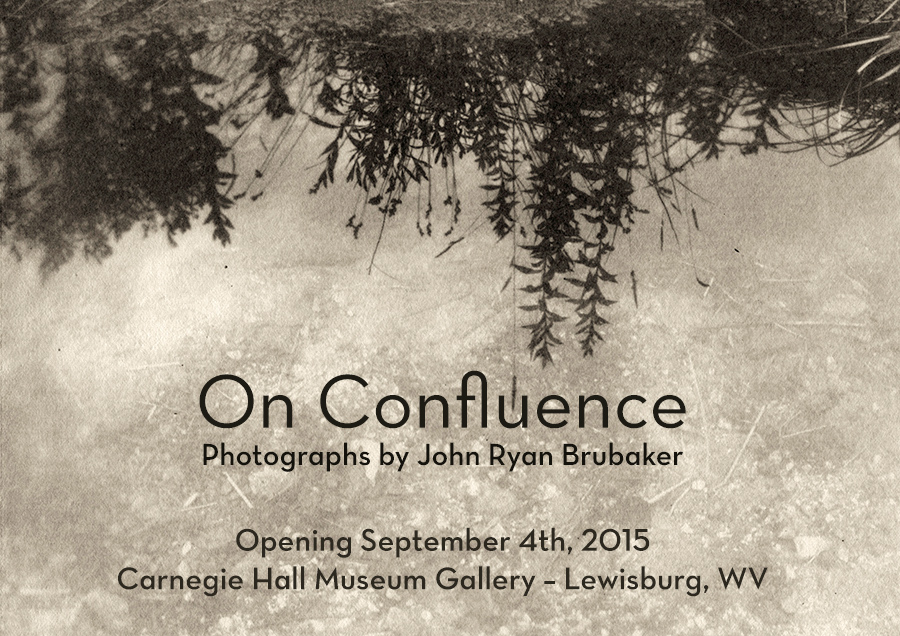
On Confluence ~ Walks down the North Fork
The North Fork Blackwater River runs past Thomas, West Virginia before joining the Blackwater proper in the canyon downstream. Thomas developed as a coal town in the early 20th Century, but as the mines were abandoned they filled with water which continues to drain into the river today. The mine void currently covers 1100 acres and discharges an average of two million gallons of water per day into the North Fork. The drainage has a pH in the 3.0 – 5.0 range and contains heavy concentrations of dissolved iron and aluminum. This water dissolves heavy metals and creates acid mine drainage, which is detrimental to river ecosystems, rendering them generally unfit for life, recreation or consumption.
The images in this project were shot during a number of walks in and around the North Fork. As most of the river is difficult to access the process required walking through the riverbed directly. The prints were made using an iron-based photographic process called the Van Dyke Print. This process uses acidic water as its developing agent, making the contaminated portions of the North Fork an ideal location for creating prints. The works in this exhibition were processed directly in river water effected by acid mine drainage and have absorbed traces of the same heavy metals and mine runoff as the North Fork Watershed itself.
